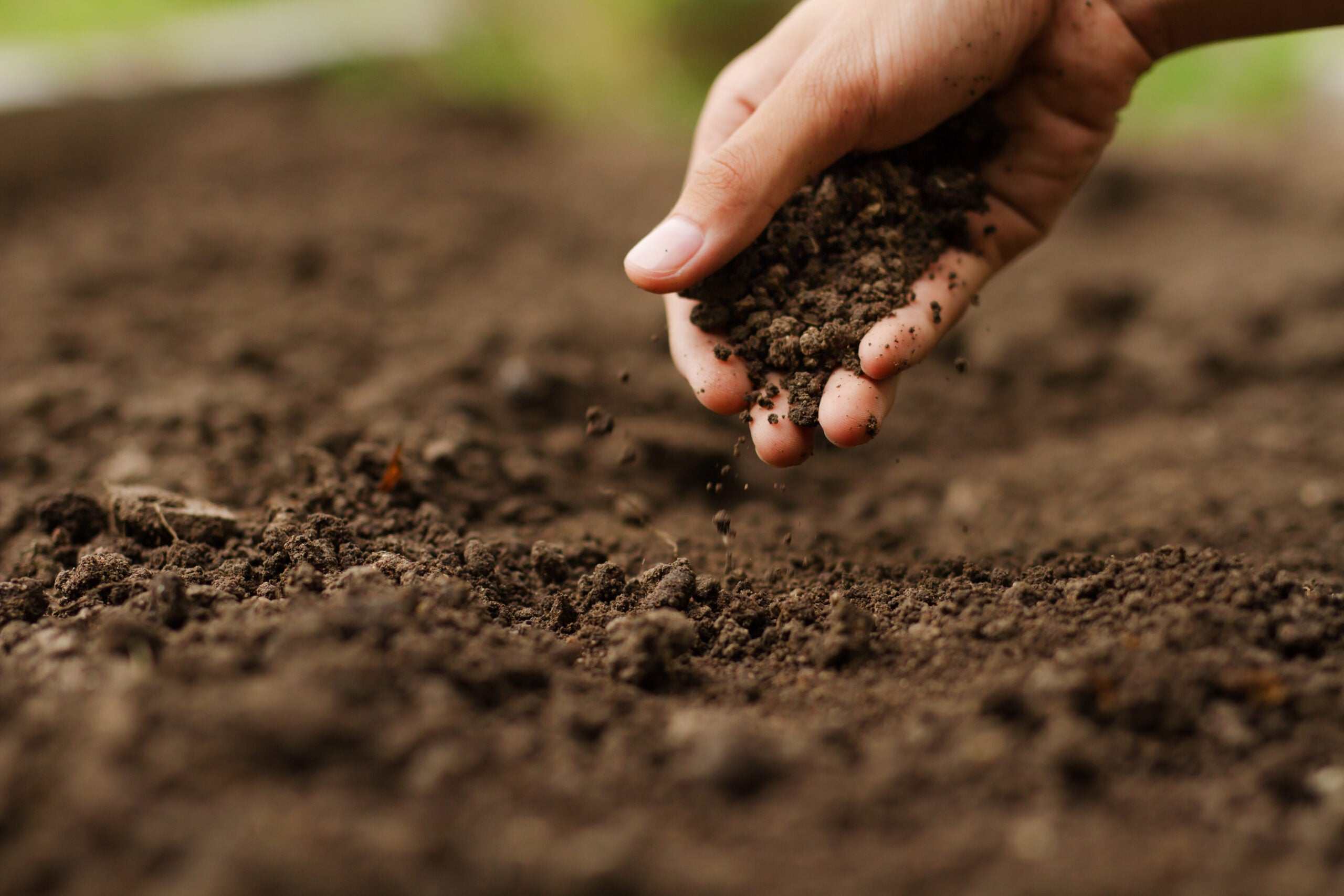Carbon markets and carbon monitoring programs track changes in cropland soil carbon stock over time to determine how agricultural management practices impact carbon storage in soil.
Soil carbon stock is typically measured by taking soil samples prior to the adoption of a new farming practice, followed by additional sampling after the practice has been in effect for several years.
However, commonly used methods to measure soil carbon stocks may not accurately capture how that carbon is changing over time, potentially undermining important mitigation efforts.
We need scientifically robust and accessible ways to measure soil carbon to ensure that different practice changes deliver reliable results. New research from Environmental Defense Fund highlights two best practices for measuring carbon in soil.










